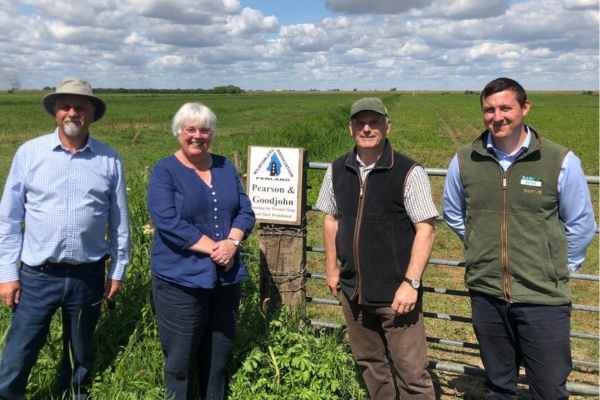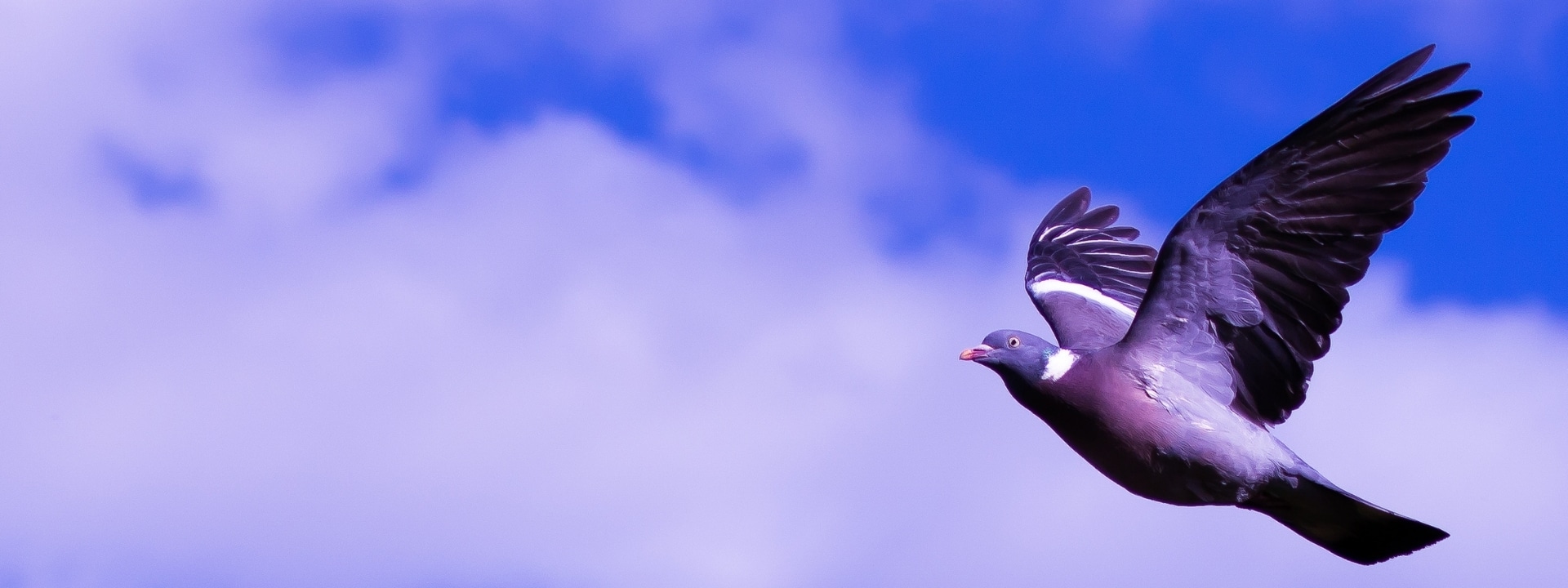
MP visits wildfowlers championing conservation
Charlotte Cane MP gained an insight into wildfowl conservation and habitat management during a recent visit to the Ouse Washes.
Get information on the legal shooting season for mammals and birds in the UK.
Apply for funding for your project or make a donation today
Comprehensive information and advice from our specialist firearms team.
Everything you need to know about shotgun, rifle and airgun ammunition.
Find our up-to-date information, advice and links to government resources.
Everything you need to know on firearms law and licensing.
All the latest news and advice on general licences and how they affect you.


‘You never forget your first time’ is a phrase used for many of life’s more pleasurable experiences, but it’s a curious fact that shooters can almost always recall the first time they shot a certain quarry species.
We remember precisely, as though it were yesterday, where we were, who we were with, what gun we used the scent of the empty cartridge case. All the miniscule details of the shot, as though it had been captured and recorded for posterity by the mind’s camera.
Just see how many shooting firsts you can recall when you’ve a few minutes to spare.
One of my most significant shooting firsts was my first wild duck, which I remember now as clearly as anything.
It was early October and I’d been at school when a south-westerly breeze had come up in the afternoon. I thought I’d ride my bike to a nearby marsh to see what it was about, my 12-bore in its slip over my shoulder.
I can see the bird now in my mind’s eye, a duck mallard which came in low, flying directly into the strengthening wind and into range. I raised my gun, swung through the bird and fired. I missed behind – classic schoolboy error!
The duck took evasive action and gained height on the strong breeze. My second shot from the choke barrel crumpled the bird and it fell, much to my astonishment, into a patch of reeds 30-odd yards away.
Not a spectacular shot by any means, but I’d got my first wild duck – and on the foreshore too.
I waited until dark but nothing else came by, so rode home on my bike in triumph with the duck hanging proudly from the handlebars. The achievement signified that I was now a wildfowler!
Consequently, I decided that I should join WAGBI and the very next day cut out the enrolment details from the Shooting Times. I sent off a postal order for the grand sum of £3.50 to become a Junior Member.
A few days later, my membership card and WAGBI badge came through the post. I still wear my badge with pride on my wildfowling cap, despite its very obvious signs of age.
Bagging my first woodpigeon at the age of 15 was another memorable shooting landmark. This was not least because I shot with a bolt-action Webley .410 in those days, and dozens of woodpigeon had effortlessly evaded my desperate efforts to connect with one using my 7/16th ounces of shot.
My shooting pal Richard and I would often venture onto farmland not far from home, where we both had permission to shoot, with our .410s after school. It was on one such evening expedition that I finally secured my first woodpigeon.
Canadas generally occur in large numbers and fly obligingly low. Conversely, the smaller population of greylags only occasionally appear at flight times and invariably rise to the height of several gunshots, rendering them untouchable.
During very windy weather, I had occasionally seen greylag skeins flying at almost zero height to cross the foreshore. This would be either in the mornings, when they moved from their roosting grounds far out on the estuary, or flighting to their roosting grounds as it got dark. However, each time I’d seen the geese fly this low, they would head wide of me and not offer a chance of a shot.

Several seasons ago, I followed a skein of around 30 greylags which had gone to one of their roosting sites far out on the estuary, just as the last remnant of light left the sky.
This involved walking around a mile-and-a-half on the sands at low tide and listening for the geese. I could hear that they were out there somewhere in the darkness.
Fortunately, I had the benefit of a large dark cloud in the sky behind me that evening. Using the lights of a village over a mile away as a background across the sands, I stalked the geese. By this time, they were sitting on the sands near a small channel, silhouetted against the village street lights way off in the distance. I managed to get within 30 yards of the geese, some of which were splashing and washing in the channel. Others sat around preening themselves. I observed them silently for some 10-15 minutes as they chattered amongst themselves, oblivious to my presence.
I decided that I wouldn’t take a shot at the sitting geese as this wouldn’t be sporting. This was despite an easy opportunity and, it could be argued, managing to stalk them with no cover at all for over a mile on open sand. After observing the geese at close quarters for a while, a sudden honk from one of the them brought an instant silence over the whole group. I’d been spotted. After a few seconds’ stand-off, the whole group lifted and simply vanished into the night sky, calling loudly as they departed.
I heard them fly for at least another mile before their calls faded into the dark night, leaving me entirely on my own and around two miles from the spot where I needed to be to get off the estuary.
My patience was eventually rewarded last season during a morning flight in September.
Long after the duck and Canadas had finished flighting and I was contemplating heading home for breakfast, I heard the unmistakable honk of a greylag in the air behind me.
The alert was just about sufficient warning for me to swing around and take a snap-shot. As I fired, the goose folded and fell stone dead around 40 yards away. Chester was away before any command and came back with a very large greylag clamped between his jaws. One happy dog and one even happier wildfowler!
I kept one of the goose’s primary feathers which I’m currently using as a bookmark, appropriately enough, in Peter Scott’s autobiography, ‘Eye of the Wind’. I think Sir Peter would have approved.

Charlotte Cane MP gained an insight into wildfowl conservation and habitat management during a recent visit to the Ouse Washes.

There are a few important dates in everyone’s shooting diary: the first shoot of the season; The Boxing Day shoot; and Beaters’ Day!

Successful pigeon control is an endless learning curve, as BASC East director Terry Behan knows from 40 years of hard-earned experience.